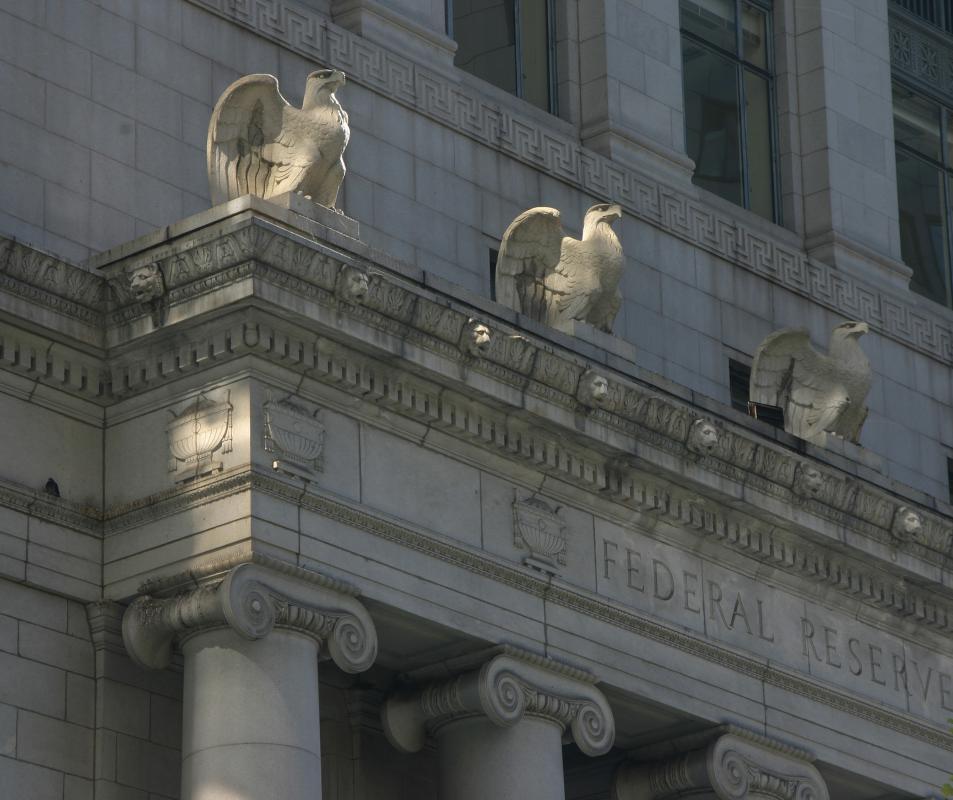At SmartCapitalMind, we're committed to delivering accurate, trustworthy information. Our expert-authored content is rigorously fact-checked and sourced from credible authorities. Discover how we uphold the highest standards in providing you with reliable knowledge.
What are Bank Reserves?
Bank reserves are the total amount of a bank’s holdings that are currently on deposit in a central bank, plus any currency that the bank is currently holding in its vaults. All banks maintain some type of reserves, even in countries where there is no minimum reserve requirement set by the national government. While these types of resources are generally called reserves in most nations, there are some exceptions. Notably, bank reserves are usually referred to as rests by the Bank of England.
The presence of bank reserves is important to the stability of the banking institution. In countries where a central agency or bank sets minimum reserve requirements, the idea is to create a balance between the resources that the bank can call upon, and the loan activity that the bank can safely engage in without creating undue risk for the depositors. Even in countries where no minimum reserve is required, banks often see the maintenance of some reserves as being a sound fiscal strategy. In situations where there is no reserve requirement in place, the funds held on check by the bank are referred to as desired reserves.

There are other benefits to bank reserves in countries where a minimum amount of reserves is required for continued operation. In the United States, the funds maintained by a bank in a Federal Reserve Bank account are known as legal reserves. These holdings of deposits allow the bank to always maintain enough in the way of reserves to comply with current regulations, and also prevent the possibility of overextending loans and placing the bank in a precarious financial position.

Within the US banking system, there are also other categories of bank reserves used to classify different types of financial instruments. Primary reserves include the balance of checking accounts deposited with a Federal Reserve Bank, plus any checks that are currently being processed. Money kept in the bank vault, both currency and coin, is also considered to be primary bank reserves.

Loan loss reserves are funds set aside to offset losses from loans that are either in arrears or that have been declared bad debt. The reserves can be drawn upon once payments on the loan have not been received for at least ninety days, or at whatever point the bank considers the loan to no longer be an earning asset. Secondary bank reserves are short-term securities that can easily be converted into cash if necessary, with US treasury bills being a prime example. Reserves of this type are essentially back-up reserves to the primary reserves, and make it possible for the bank to remain fiscally sound, even in the face of highly unlikely situations that would threaten to drain all the assets of the bank.
AS FEATURED ON:
AS FEATURED ON:













Discuss this Article
Post your comments